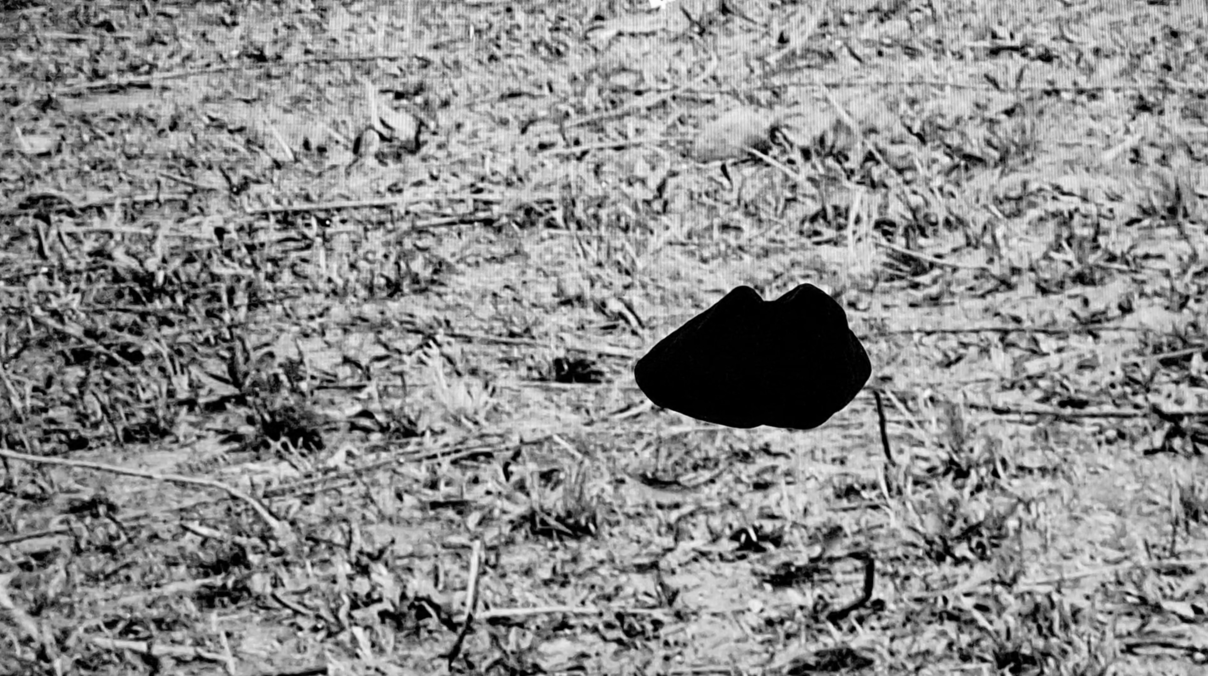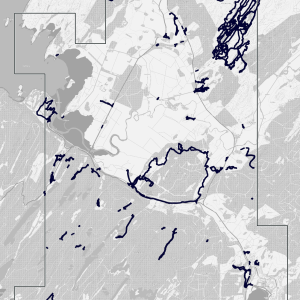
La resistencia de las piedras
The proposal explores the potential of critical experimental research, turning to medial - material practices of countermemory in the face of historical and contemporary technologies of control. This is an essay on remains of images, sounds and texts that were part of the research process of the short film "Enviado para falsar" (Maia Navas - 2021). Two spaces: Napalpí (Chaco, Argentina, 1924, where the “Napalpí indigenous massacre” by the National State took place) – Barrio Gran Toba (Resistencia, Chaco, Argentina, 2020, where descendants of qom indigenous communities were monitored by a police drone during the Covid-19 pandemic.). Two temporalities that are abyssed through montage as an aesthetic and epistemic exercise, updating the colonial legacy that operates again under the motto of care, the legality of persecution and the abuse of power. Against this, we rescue the gesture of the slingshot with which the Qom indigenous community brought down the police drone. We made interventions on the archive material of German anthropologist R. L. Nitsche linked to the 1924 Napalpí massacre and we risked irreverent gestures that operate as a glimpse to evidence its truth as artifice. We propose exercises with and on visual residues, anachronistic and poetic approaches by superimposing voices and sounds. We fable decolonizing strategies that seek to turn a past into present, by imagining its return as inventive action. Based on possible temporary deviations from the fall of the drone, operations on the image are detached. A dialogue between objects and intervening actors those who have or have not witnessed the events is traced according to a path of existing letters and publications, which account for the network of relationships between science celebrities, the State and police forces.


